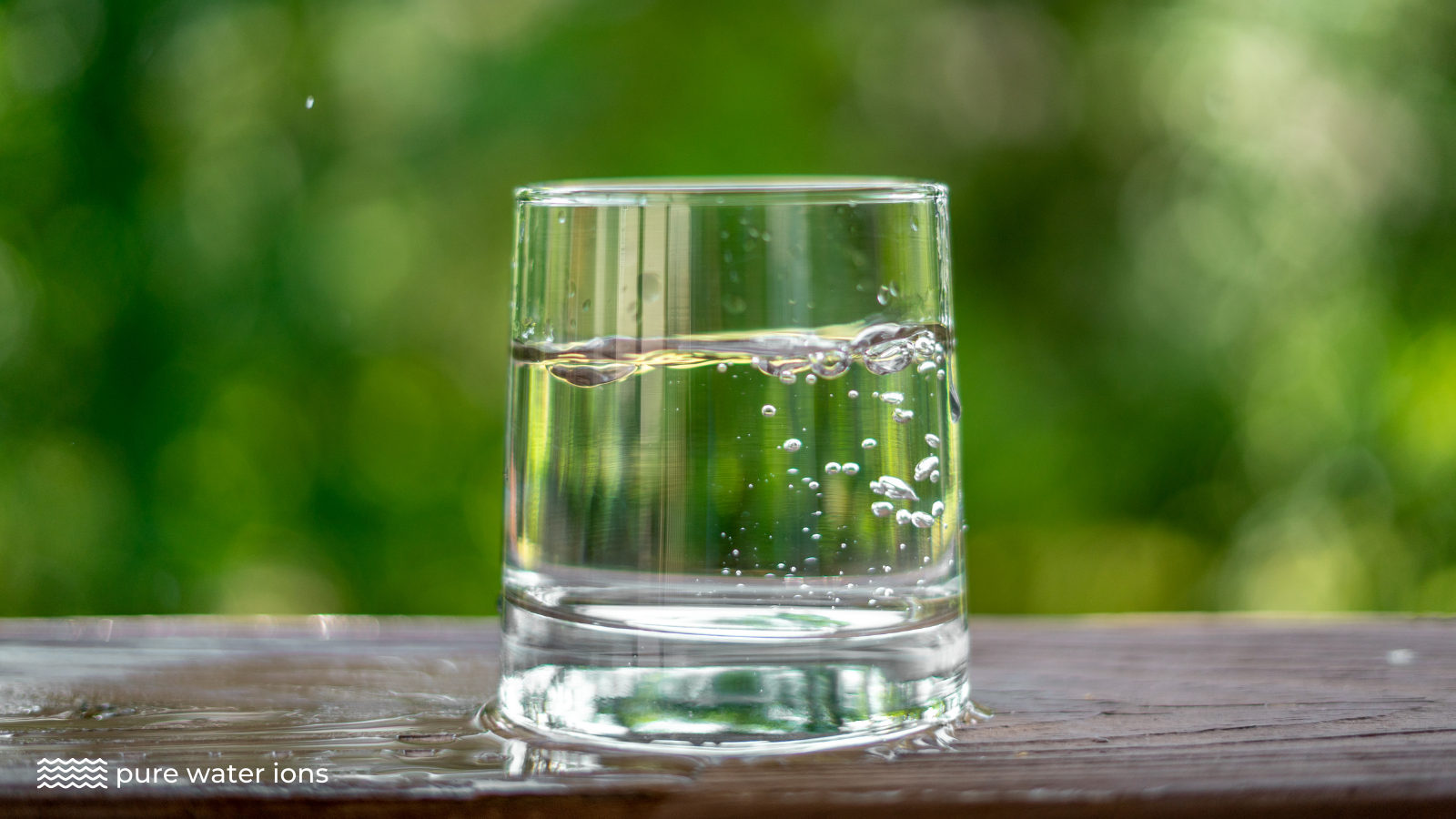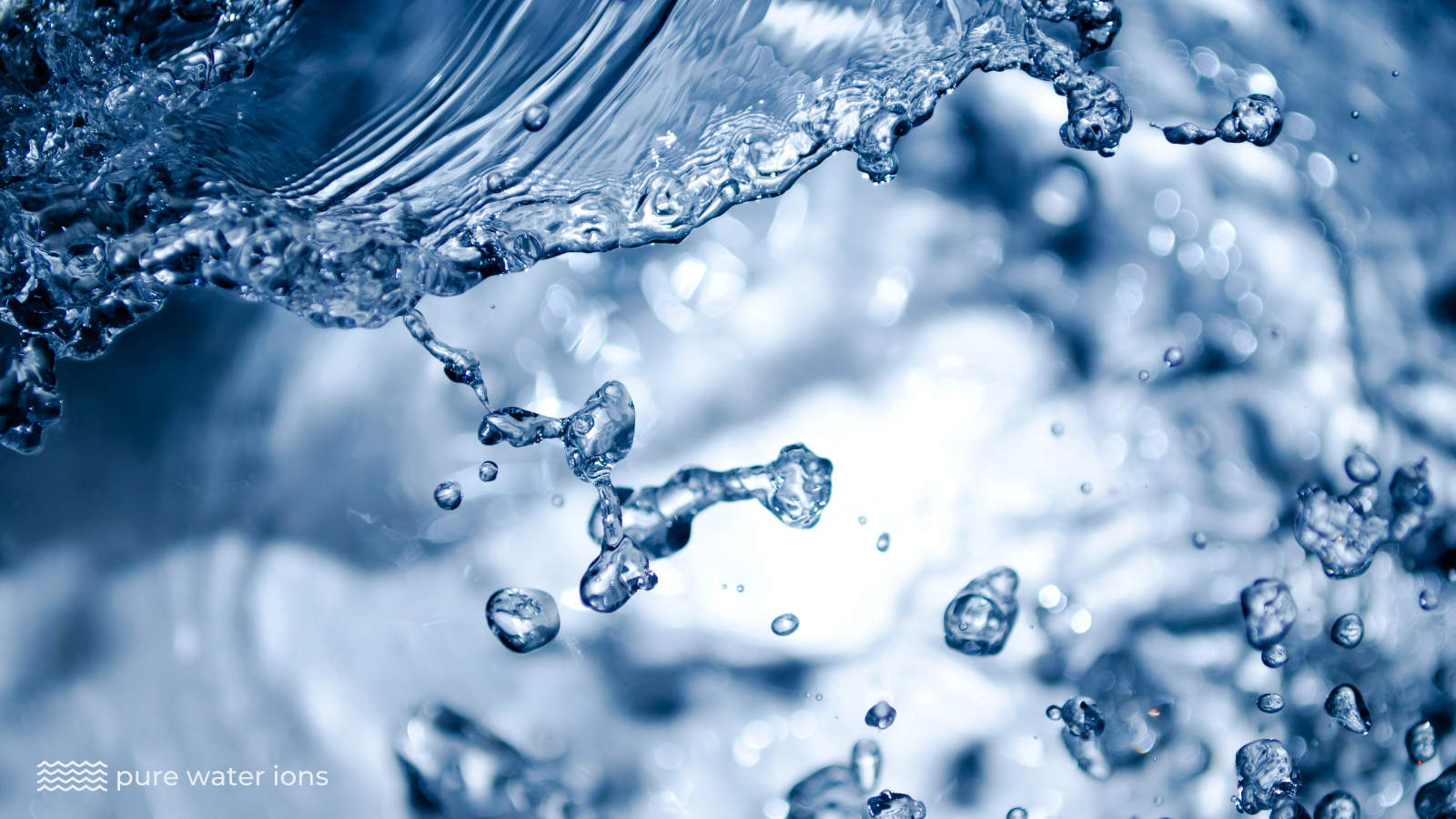
Goldfish need clean freshwater that is free from pollutants, toxins, and bacteria that can harm them and cause sickness. The water temperature should be maintained between 68°F-72°F and it should be filtered to remove debris and waste. If you want to learn more about the water requirements for goldfish, we have got you covered with everything you need to know. Below we cover everything you need to know about – What Water Does Goldfish Need.
What Water Does Goldfish Need?
Choosing the right type of water and maintaining its quality is vital for the health and longevity of a goldfish. After all, it spends all day swimming around in a little bowl of water. In the wild, goldfish live in freshwater streams and bodies of flowing water. If you want your goldfish to thrive, you need to recreate these conditions in your home.
To protect your goldfish and provide the best possible living conditions you need to choose the correct type of water, maintain a comfortable temperature, and keep the water clean to remove pollutants and debris. Below, we run through everything you need to know about – what water does a goldfish need?
Source Water: Tap, Bottled, Purified, or Distilled Water?

First up, you need to choose the correct type of water. Many people choose tap water for their fish tanks and aquariums. However, this is not an ideal source of water for goldfish. Tap water contains many added chemicals such as chlorine and chloramine that can harm goldfish. If you choose to use tap water you need to remove these chemicals before adding them to your fish tank or fish bowl.
A water conditioner can be used to remove these harmful chemicals and make the water suitable for housing goldfish. Other options include purified water or bottled spring water. These water sources are often chemical-free, have a suitable pH, and a healthy mineral content. Note, distilled water is unsuitable for goldfish as it contains nutrients and minerals needed for healthy development.
Water Chemistry: The Role of pH & Water Hardness
When choosing the best water for a goldfish you need to consider water chemistry. And, in particular, pH and water hardness. Goldfish need water with a pH in the range of 7.0 and 8.4. If you want your goldfish to be healthy, you need to check the pH level and make adjustments as necessary.
Also, water hardness plays a key role and needs to be monitored. Goldfish are best suited to moderately hard water with a mineral content of between 150-300 ppm. Water hardness helps the fish maintain healthy scales and fins. And, soft water can lead to health issues and infections. Test kits can be used to monitor both pH and hardness and adjustments can be made by adding additives to optimize water conditions.
Water Temperature: How to Maintain Optimal Temperature
Water temperature is critical when it comes to creating a healthy and comfortable living environment for goldfish. In the wild, goldfish live in cold water environments. And, to recreate this you should aim for a water temperature between 68°F-72°F. This is equivalent to 20°C-22°C.
If the water is too warm it will reduce oxygen levels and promote the growth of harmful bacteria. And, if it is too cold it will inhibit the fish’s metabolism and trigger health problems. For goldfish to thrive, you should avoid temperature fluctuations and maintain a stable temperature of 68°F-72°F.
The best way to achieve this is to use a good quality aquarium heater that will monitor water temperature and make temperature adjustments as and when needed. Check the water temperature periodically using a thermometer to ensure the heater is working properly and the water temperature is within range.
Water Filtration: Keeping the Water Clean
One of the most important tasks in providing the best water possible for a goldfish is water filtration. Installing a good filtration system will keep the water clean and fresh. Harmful pollutants, toxins, and debris are removed from the tank water as it is circulated through the water filters.
There are many different types of fish tank filters on the market. Our advice is to choose a filtration system that can handle twice the water volume of your fish tank. And, to keep it in good working order – make sure you replace the filters as they approach the end of their life cycle. The most popular types of water filters used for goldfish are canister filters, sponge filters, and power filters.
Changing the Water: Replacing With Fresh Water
Regular water changes are an essential part of ensuring goldfish water care. Although filters will remove much of the built-up water debris – you’ll still need to perform a water change once per week. What water does goldfish need? They need clean, fresh water and this is where water changing comes into play.
Every week you need to replace 10-20% of the water in the tank with fresh, clean water. If you have a 10-liter tank you’ll need to remove 1-2 liters of water and replace this with an equal amount of fresh water. Regular changes are a great way of keeping your goldfish comfortable, healthy, and happy.
READ NEXT
- How Much Water Does a Camel Drink?
- When’s the Best Time to Water Grass?
- How Much Water Evaporates from a Pool?
Other Tips for Maintaining Good Goldfish Water Quality
Here’s a list of some of the most common problems and what you need to do to avoid them. These tips will help your goldfish colony avoid stress and illness and prevent you from encountering the most frequently encountered pitfalls.
Avoid Overfeeding
Do not overfeed your goldfish. Overfeeding leads to increased water waste and ammonia levels that will impact your fish’s health.
Avoid Adding Too Many Goldfish
Overcrowding a fish tank with too many fish will mean they produce more waste than the filtration system can handle. Pay attention to the manufacturer’s guidelines for how many goldfish your tank and filtration system can handle.
Regularly Monitor Water
If you want your goldfish to thrive you should regularly monitor the key parameters mentioned above, including temperature, pH, hardness, and ammonia & nitrite levels. Make adjustments as necessary to ensure a comfortable living environment for the fish.
READ NEXT
How Much Water Does Bamboo Need?
